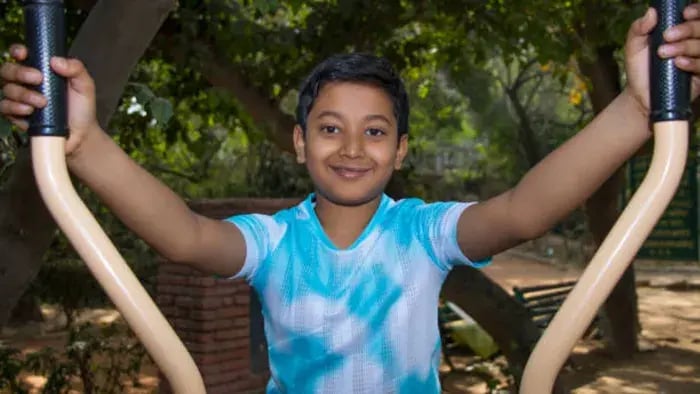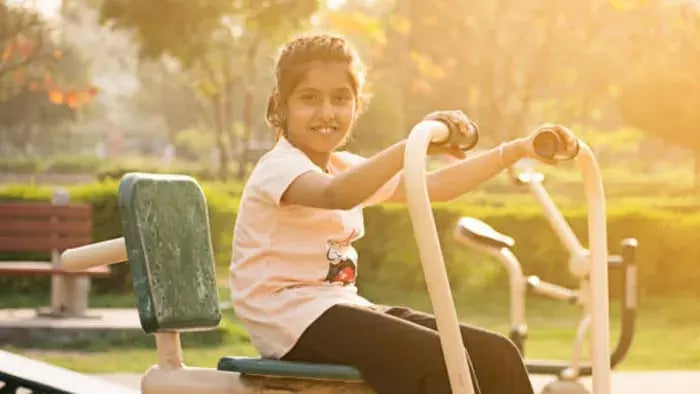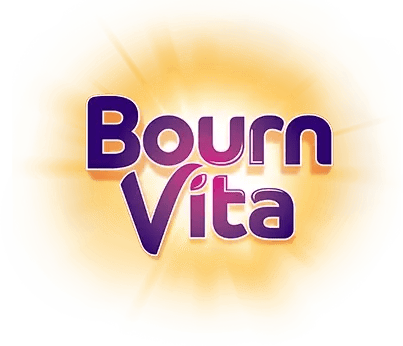- Bodyweight Squats
- Wall Push-Ups
- Overhead Medicine Ball Press
- Dumbbell Deadlifts (Lightweight)
- Step-Ups with Weights
- Resistance Band Rows
- Farmer’s Carry (Light Dumbbells or Bottles)
Introduction
As kids grow, their curiosity extends to physical challenges, especially when they see older kids or athletes lifting weights. The idea of weightlifting might raise questions for parents, but the truth is that when done right, it can be safe and even beneficial for kids. Strength training at a young age helps with posture, joint stability, bone density, and body awareness —all important during the developmental years.

Note that weight lifting for kids doesn’t mean heavy bench presses or intense gym routines. It means bodyweight exercises, light resistance, proper form and gradual progress under supervision. The goal is to build strength, not muscle bulk. When introduced thoughtfully, these exercises can improve coordination, prevent sports injuries and boost a child’s confidence in their physical abilities.
The key for parents is to be informed and involved. Knowing what exercises are safe, how to guide proper technique and when a child is ready to start can make all the difference. Weight training is not about pushing limits, but rather about teaching control, discipline, and self-care through movement. With the right approach, strength training can be fun, safe and empowering for a growing child.
7 Weight Lifting Exercises for Growing Kids: What Parents Should Know

Weight training for children isn’t about lifting heavy loads—it's about building body control, improving coordination, and developing a healthy relationship with movement. As a parent, you may wonder whether it’s too early for your child to start lifting weights. The good news is that strength training, when done with proper technique and supervision, is both safe and beneficial for growing kids. It strengthens bones, improves posture, and enhances sports performance without affecting growth.
Bodyweight Squats
According to a study published in Strength Cond J (2015), Squats are one of the best beginner exercises for developing lower body strength. Using only body weight or light dumbbells, they target the thighs, hips, and core. You can turn them into a fun challenge by adding a medicine ball or using a mirror to check posture. Squats also improve balance and teach proper knee and hip alignment, which is essential for injury prevention in active kids.
Wall Push-Ups
Wall push-ups are an excellent introduction to upper-body training. They are easier than regular push-ups but still activate the chest, arms, and shoulders. According to The National Health Mission, this variation helps kids master form and control before progressing to floor push-ups. Doing these against a wall reduces the risk of joint strain and allows them to understand how their muscles work together during a push.
Overhead Medicine Ball Press
Using a lightweight medicine ball or even a soft toy, this exercise strengthens the shoulders, upper back, and arms. Research conducted by J Phys Ther Sci. 2015, states it also improves posture and teaches kids how to press with control rather than force. Encourage slow, steady movements, and use light resistance to protect growing joints.
Dumbbell Deadlifts (Lightweight)
With very light dumbbells or household items like water bottles, kids can learn the deadlift movement safely. According to research conducted by J Phys Ther Sci. 2015, this strengthens the glutes, hamstrings, and lower back. It's crucial to teach proper form, keeping the back straight and bending at the hips, not the waist. When learned correctly, this foundational movement supports better posture and reduces the risk of back injuries.
Step-Ups with Weights
Step-ups onto a sturdy platform, paired with light hand weights, as per a study published in Front Physiol. 2022, help strengthen the legs and build coordination. It mimics movements kids do every day, like climbing stairs. This exercise targets the quads, hamstrings, and glutes while improving balance and ankle stability. Maintain a moderate height to ensure safe execution, and encourage alternating legs for even development.
Resistance Band Rows
Using resistance bands, children can perform rows to engage their upper back and arm muscles. These are great for counteracting slouched posture from school or screen time. A research conducted in Front Physiol. 2021 suggests resistance bands offer just the right amount of challenge while being gentle on joints. Plus, they’re fun, safe, and perfect for small spaces. Teaching pulling movements early helps maintain muscular balance in growing kids.
Farmer’s Carry (Light Dumbbells or Bottles)
Carrying light weights in each hand and walking a set distance builds grip strength, core stability, and endurance. Research conducted by Int J Exerc Sci. 2024, suggests it’s a full-body workout that improves posture and teaches kids how to carry objects safely. Start with small weights and short distances, and make it fun by setting up a course or timing their walk. It’s a functional movement that connects fitness to real-life strength.
Conclusion

Introducing weight lifting exercises to growing kids can be an innovative and supportive way to build strength, balance, and self-confidence. The key is to focus on technique, start with light resistance, and keep the sessions fun and safe. Each movement they learn not only builds muscle but also teaches body awareness and healthy habits they’ll carry into adulthood.
Her love for storytelling began with reading her grandfather’s speeches, where Tarishi saw the power of words in creating lasting memories. Combining her passions for food and writing, she has turned her life into a fulfilling path of sharing stories that celebrate flavours and how food brings communities together.
The views expressed are that of the expert alone.
The information provided in this content is for informational purposes only and should not be considered a substitute for professional medical advice, diagnosis, or treatment. Always seek the advice of your physician or another qualified healthcare provider before making any significant changes to your diet, exercise, or medication routines.
References
https://pmc.ncbi.nlm.nih.gov/articles/PMC11042841/
https://pmc.ncbi.nlm.nih.gov/articles/PMC8716769/
https://pmc.ncbi.nlm.nih.gov/articles/PMC9540396/
https://pmc.ncbi.nlm.nih.gov/articles/PMC4713798/
















